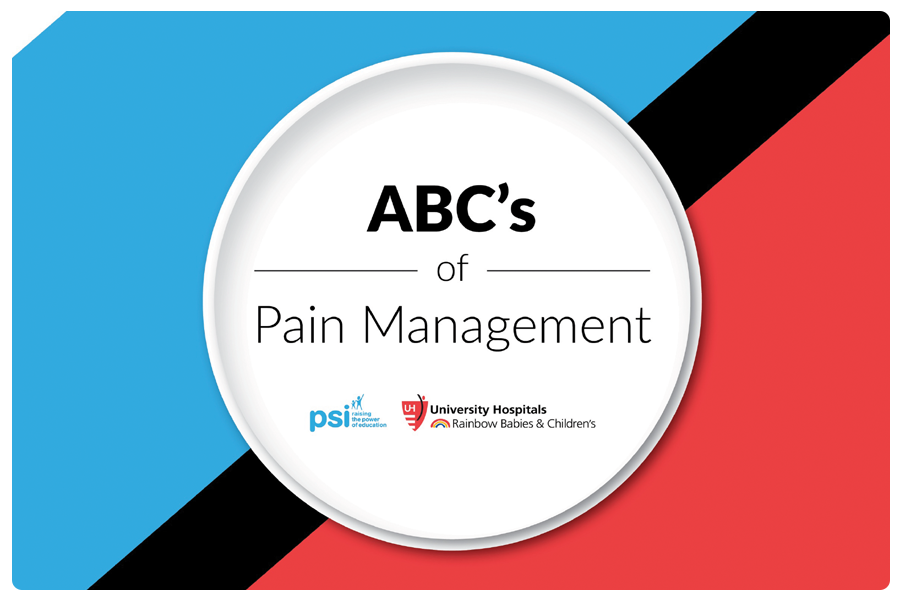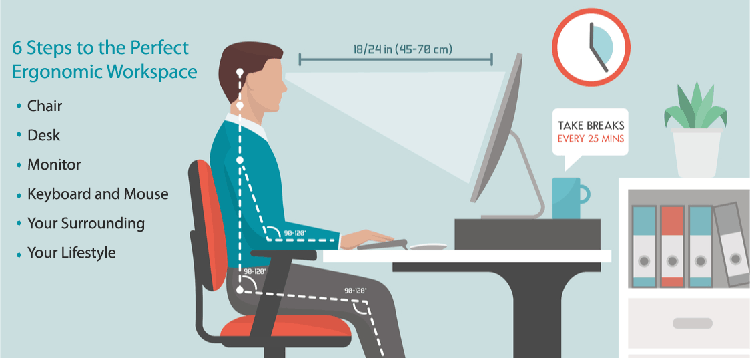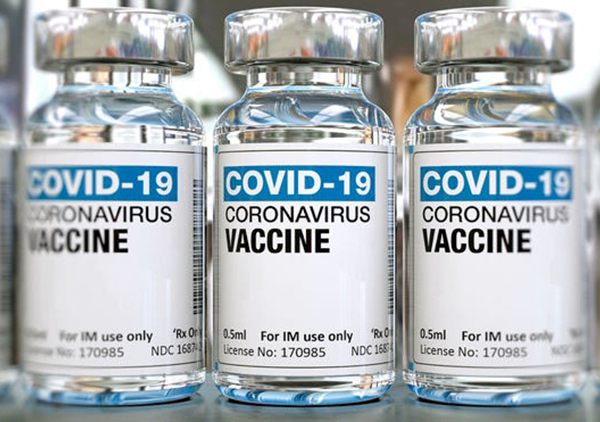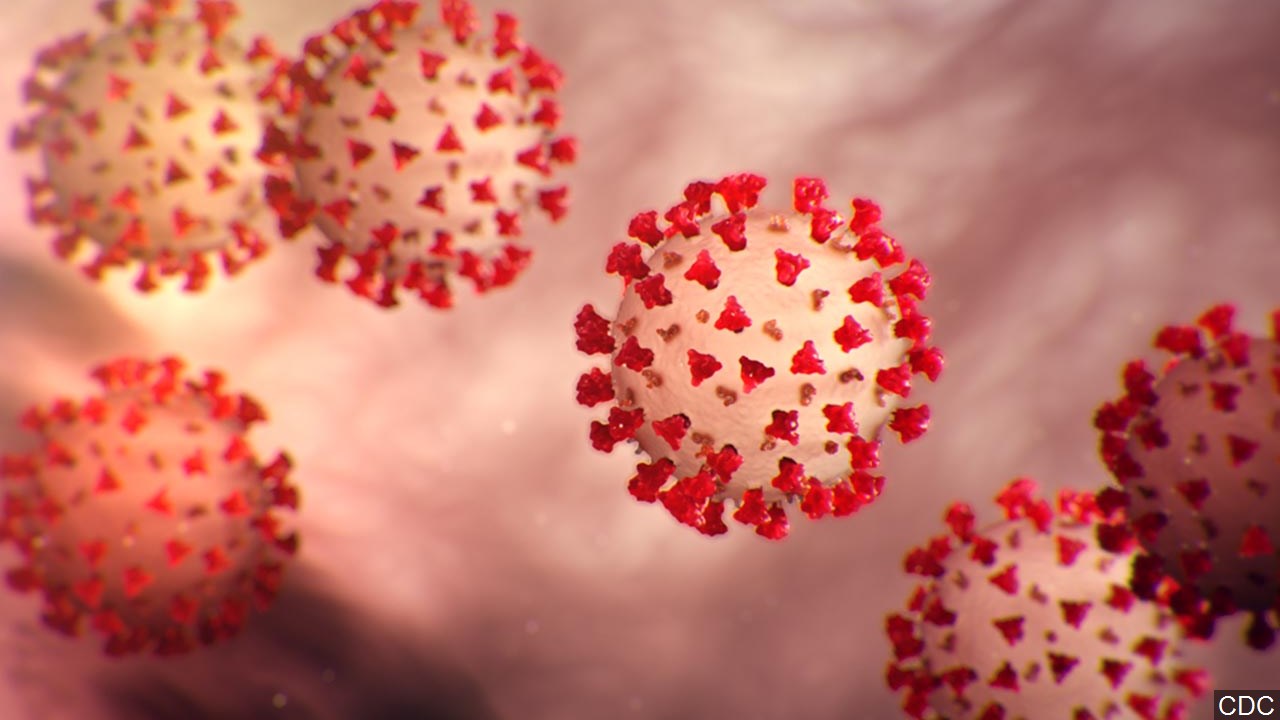 25
25Feb
New! Pain Management Course Now Available
A new Pain Management course is now available for high school and middle school students. psi would like to extend a special thank you to University Hospitals’ Connor Integrated Medicine, Kent State University, IMG Academies and Banyan Treatment Centers for their partnership in the creation of this course. Specific thanks to Dr. Jeanne Lackamp, Dr. […]
 25
25Feb
The Ohio School Safety Center
psi On August 21, 2019, Governor Mike DeWine signed Executive Order 2019-21D creating the Ohio School Safety Center within Ohio Homeland Security. The center is responsible for assisting local schools and law enforcement with preventing, preparing for, and responding to threats and acts of violence, including self-harm, through a holistic, solutions-based approach to improving school safety. […]
 25
25Feb
New K-12 School Safety Requirements from HB-123
House Bill 123 passed the 133rd Ohio General Assembly and was signed into law by Governor Mike DeWine on December 21, 2020. If your school is in need of meeting the new school safety requirements in these areas, psi can help get your school in compliance. A few of the bill’s impacts are highlighted below: […]
 25
25Feb
Youth Mental Health First Aid program offered by psi
psi, under the direction of Training and Education Manager Dr. Julian Dooley, is pleased to be actively training educators across the state as part of the national Youth Mental Health First Aid program. The program—designed for teachers, school staff, coaches and other adults who regularly interact with adolescents aged 12-18 years—introduces participants to the unique […]
 25
25Feb
psi named Regional Affiliate of Ohio’s GEER Grant; will work to implement the Ohio School Wellness Initiative
As part of the Governor’s Emergency Education Relief (GEER) grant, psi has been named as a regional affiliate to work with 11 counties to develop and implement the Ohio School Wellness Initiative: Enhancing the Full Continuum of Care (Prevention, Treatment, and Recovery Services) for Ohio’s K-12 Schools. In partnership with Miami University, the Ohio Schools […]
 25
25Feb
Looking Ahead: Goodbye 2020!
by Steve Rosenberg, psi President and CEO Now that 2020 is in our rearview mirror, we are all hopefully well into the new year focused on brighter times ahead filled with good health and new opportunities. Needless to say, the pandemic plunged us into very challenging and disconcerting circumstances. On behalf of all of us at […]
 18
18Jan
How To Make Your Workspace More Ergonomic
by Christine Worthington, Virtualpsi Coordinator I’m sure we are all feeling the effects of the significant changes in our schedules from “on-the-go” teaching and in-person interaction with our students in the building to “sit-and-click” instruction at our home computers. Inevitably, these changes can impact all areas of our bodies as we get used to the […]
 18
18Jan
COVID-19 Vaccine Education from Dr. Carly Wilbur, UH Pediatrician and psi Medical Director
The arrival of COVID-19 vaccines stirs up mixed feelings. Many doctors and scientists are hailing this a new chapter in the fight toward ending the pandemic. However, there are others who are distrustful of these measures and are inclined to mistrust science and the government. This article will provide a brief tutorial of COVID-vaccine terminology […]
 07
07Dec
Making the Grade Difference Maker- psi’s Tina Longworth
Tina Longworth, District Nurse at Norton City Schools, has been nominated as a Making the Grade Difference Maker! Congratulations Tina! We are so proud to have such a dedicated, passionate care-giver like you on the psi team. Together, we are Raising the Power of Education! From the Akron Beacon Journal: Tina Longworth, Norton City […]
 02
02Apr
COVID-19: Managing Stress and Anxiety
The current COVID-19 pandemic is a difficult time that all members of our communities are experiencing. Roles have changed and routines have been turned upside down. People are facing loss of employment, uncertain futures, and, of course, potential infection of a deadly virus. This is an unprecedented time and one for which we don’t have a step-by-step playbook. […]

Recent Comments